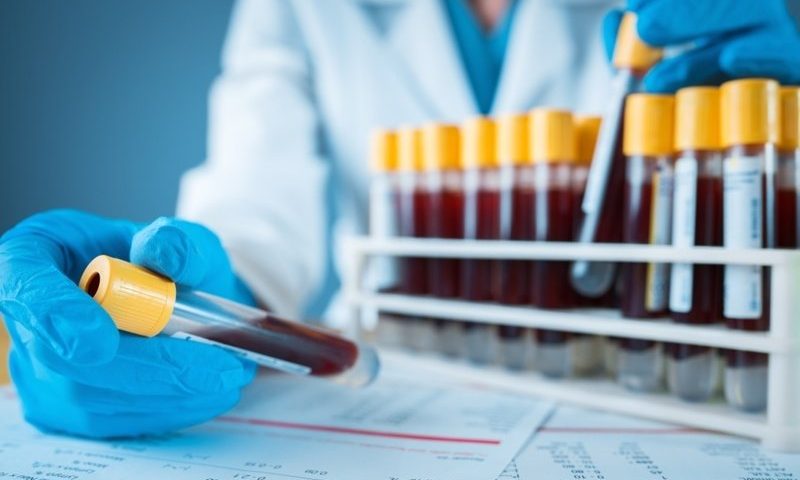An estimated one in every 3,000 people around the globe has neurofibromatosis type 1, or NF1, a condition caused by a mutation in the NF1 gene that carries with it an increased risk of developing cancerous tumors, making it the most common cancer predisposition syndrome in the world.
About half of all NF1 patients will develop large, benign tumors on their nerves, and in about 15% of those patients, the plexiform neurofibromas will ultimately turn cancerous. The resulting form of cancer, malignant peripheral nerve sheath tumor, or MPNST, is a particularly aggressive one: It spreads quickly and can become resistant to chemotherapy and radiation, leading to a five-year mortality rate of about 80%.
The low survival rate is caused not only by MPNST’s speed and strength but also by the lack of straightforward, accurate methods to identify when the benign neurofibromas have turned cancerous. Biopsies, for example, can be especially painful due to the placement of the tumors along the nerves, while PET and MRI scans are costly and, like biopsies, are not always accurate.
Researchers from the National Institutes of Health, however, may have found a solution. In a study published this week, a team representing the NIH’s National Cancer Institute and Washington University School of Medicine in St. Louis described the creation of a simple blood test to detect MPNST.
To develop the test, the researchers applied whole-genome sequencing technology to blood samples from a total of 53 people with and without NF1, including those with either benign plexiform neurofibromas or untreated MPNST.
The analysis identified several differences in the cell-free DNA of patients with MPNST compared to those without cancer. The research team was then able to translate those findings into a blood test that, according to the study, can distinguish between patients with MPNST and those with benign tumors with about 86% accuracy.
The test—which works by measuring a patient’s plasma tumor fraction, or the proportion of their cell-free DNA that comes from tumors—was also able to gauge treatment response. The researchers found that any increase or decrease in the size and number of tumors after treatment was linked to a correlating increase or decrease in plasma tumor fraction.
“Imagine going through life with a cancer predisposition syndrome like NF1. It’s kind of like a ticking bomb,” said Jack Shern, M.D., co-author of the study. “The doctors are going to be watching for cancerous tumors, and you’re going to be watching for them, but you really want to discover that transformation to cancer as early as possible.”
Shern continued, “This blood test could easily and rapidly allow us to determine whether the disease is going down or maybe even going away entirely. And if you had done surgery and taken out an MPNST, and the blood test was negative, you could use that to monitor the patient going forward to see if the tumor returns.”
Moving forward, the researchers plan to test out their diagnostic tool on a larger pool of patients and continue refining the genetic analysis behind it, with an ultimate goal of bumping up the test’s accuracy as close to 100% as possible.
The test could also eventually be used for early cancer detection in patients with other cancer predisposition syndromes like multiple endocrine neoplasia and Li-Fraumeni syndrome, Shern said, suggesting that those groups present “the perfect opportunity to apply these technologies where we can use a simple blood test to screen an at-risk population.”

